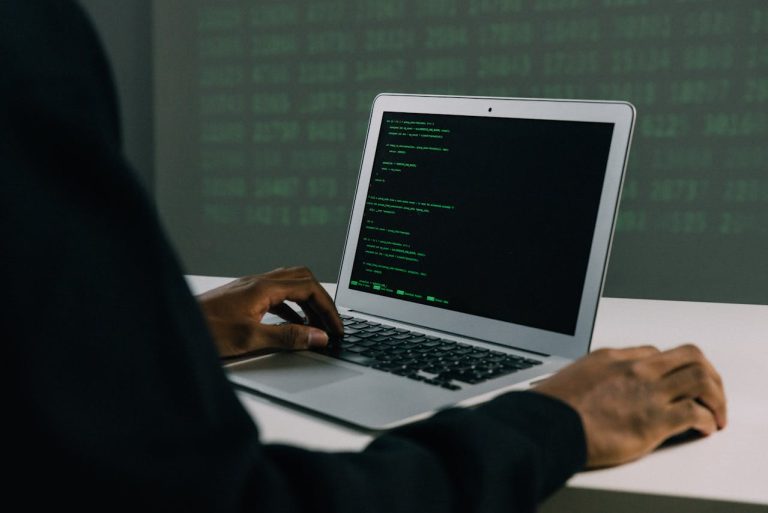Introduction
As technology advances, so do the tactics of cybercriminals. Staying informed about the latest cybersecurity trends is essential for businesses to protect their data, maintain operational integrity, and safeguard their reputation.
Ransomware Attacks
Ransomware attacks have become increasingly common and sophisticated. Cybercriminals use malicious software to encrypt a victim’s data and demand a ransom for its release. To protect against ransomware, businesses should implement comprehensive backup solutions, employee training programs, and advanced threat detection systems.
Phishing and Social Engineering
Phishing attacks, which deceive individuals into divulging sensitive information, continue to be a significant threat. Cybercriminals use fake emails, websites, and phone calls to trick users into providing login credentials or personal information. Businesses can combat phishing by educating employees, using email filtering solutions, and implementing multi-factor authentication.
Internet of Things (IoT) Security
The proliferation of IoT devices introduces new security challenges. With more connected devices, there are more potential entry points for cyberattacks. Securing IoT devices involves implementing strong authentication measures, regular firmware updates, and network segmentation to prevent unauthorized access and ensure data protection.
Zero Trust Security
The Zero Trust security model assumes that threats could be internal or external and requires verification of every user and device attempting to access resources. This approach involves implementing multi-factor authentication, encryption, and continuous monitoring to enhance security and reduce risk.
Regulatory Compliance
Regulatory compliance is becoming increasingly important. Regulations such as the General Data Protection Regulation (GDPR) and the California Consumer Privacy Act (CCPA) impose strict requirements on data protection and privacy. Businesses must stay informed about these regulations and ensure their cybersecurity practices align with legal requirements.
Conclusion
By staying current with cybersecurity trends and adopting proactive measures, businesses can better protect themselves against evolving threats and maintain a strong security posture. Implementing robust security practices and ensuring regulatory compliance are crucial for safeguarding data and maintaining trust.



